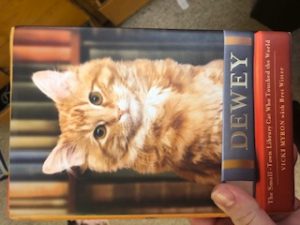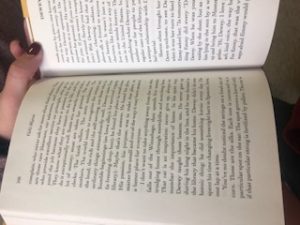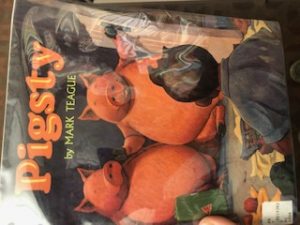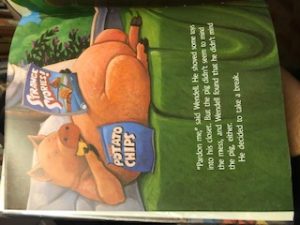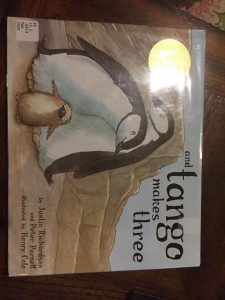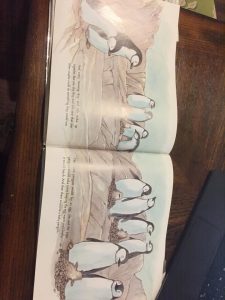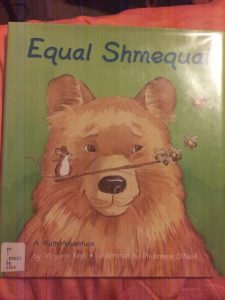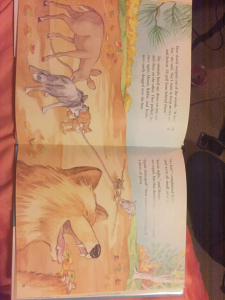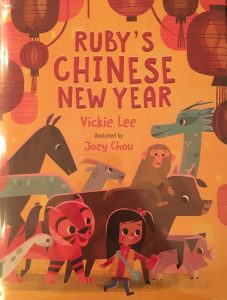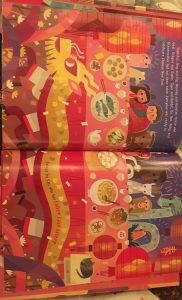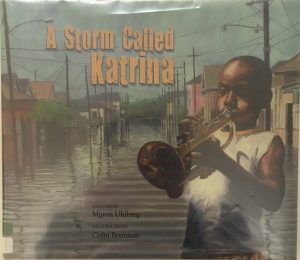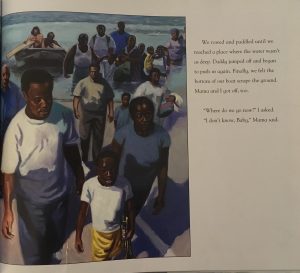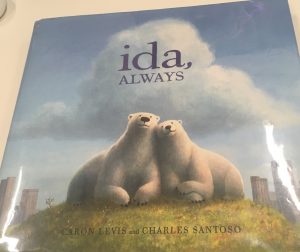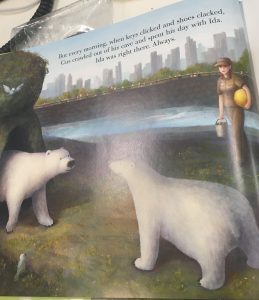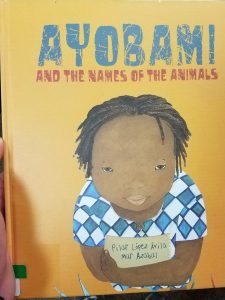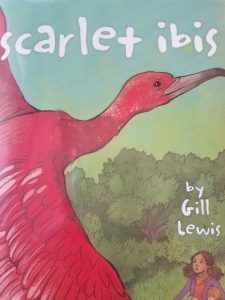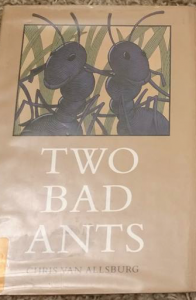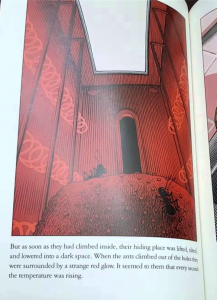Title: Dewey: The Small-Town Library Cat Who Touched the World
Author(s): Vicki Myron with Bret Witter
Illustrator/Photographer:
Publisher and Year: Grand Central Publishing 2008
Number of pages: 271
Tags/Themes: Animals, Chapter book, Emotion, Family, Friendship, Non-fiction, 2-5, Joe Marras
Genre: Biography
Descriptive Annotation: This is a very easy read with no prior knowledge needed. The story of Dewey Readmore Books is very heartwarming. A very young Dewey was dropped into the drop box of the library in Spencer, Iowa on the coldest night of the winter. He was found the next day by librarian and author Vicki Myron. She nursed Dewey back to health and decided to keep the furry fella. Dewey was a mainstay at the library for the entirety of his 19 years only leaving on holidays and long weekends to go home with Vicki Myron. Dewey helped Myron through tough times as she dealt with a bout with cancer and a divorce from her husband, but Dewey helped everyone. Myron says that Dewey had a profound gift of knowing who needed him the most and giving that person the love and affection they needed.
Classroom Application: I think that the best application for this book is to reinforce the importance of helping out those that need a pick me up. Everyone goes through down times and who knows how long those times will continue without a good friend or furry companion to help them through it all. I think Dewey can teach anyone of any age a valuable lesson that it doesn’t always take words or a conversation to give someone what they need.
Linguistic and Cultural Diversity Analysis: “There were no two ways about it, Dewey led a charmed life. But Spencer was also lucky, because Dewey couldn’t have fallen into our lives at a better time.” (page 22) This couldn’t have been more true for the author and “mother” of Dewey Vicki Myron. She needed Dewey as much as Dewey needed his food and water. She had been through so much and Dewey was just the one that helped her through it and made it all worth it for her. This is a very easy read, no troubling words and very happy throughout the story. Dewey became so well known, his story was even heard by people in Japan. A filming crew even came from Japan to get footage of Dewey in their documentary about animals, “Dewey was almost fifteen years old and he was slowing down, but he hadn’t lost his enthusiasm for strangers.” (page 218) No matter how old or slow Dewey became he never lost his enthusiasm for people. He would still greet people with the same fire he always did. I think this shows a good lesson to show that no matter how you may be feeling on a particular day to never lose your kindness because you’ll never know who it can reach.
